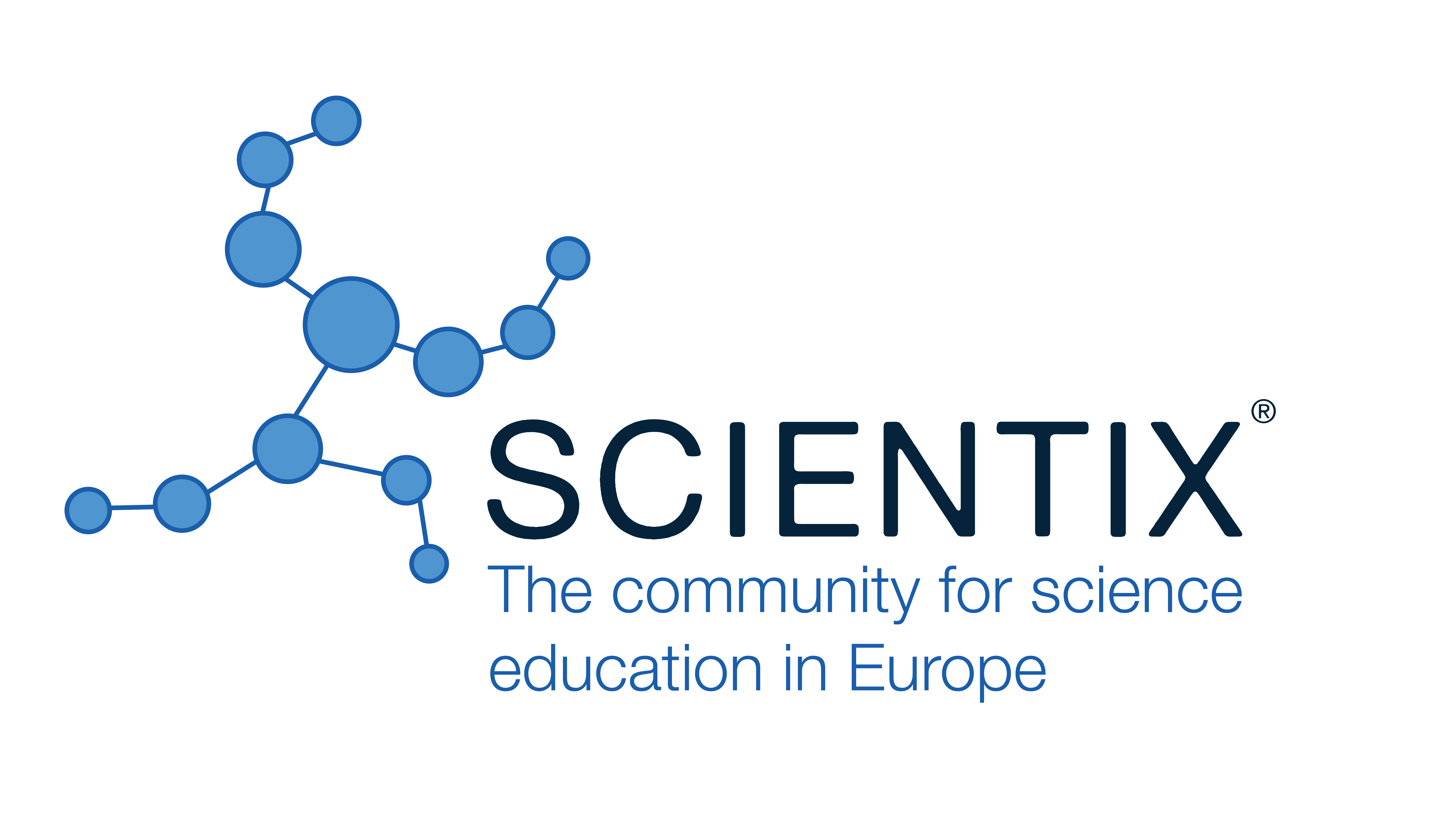A Principal’s Role in Creating and Sustaining an Inclusive Environment
Yazmin Pineda Zapata, Point Loma Nazarene University (United States)
Abstract
Leading a complete school and culture transformation can be a daunting task for any administrator. This is especially true when change agents are advocating for inclusive reform in their schools. As leaders embark on this journey, they must ascertain that an inclusive environment is not a place, a classroom, nor a resource setting; it is a place of acceptance nurtured by supportive and meaningful learning opportunities where all students can thrive. A qualitative approach, phenomenology, was used to investigate principals’ actions and behaviors that supported inclusive schooling for students with disabilities. Specifically, this study sought to answer the following research question: How do leaders develop and maintain inclusive education? Fourteen K-12 principals purposefully selected from various sources were interviewed individually using a semi-structured protocol. Upon completion of data collection, all interviews were transcribed and marked using A priori coding to analyze the responses and establish correlation among Villa and Thousand’s [1] five organizational supports to achieve inclusive educational reform: Vision, Skills, Incentives, Resources, and an Action Plan. The findings of this study reveal the insights of principals who met specific criteria and whose schools had been highlighted as exemplary inclusive schools. Results show that by implementing the five organization supports, principals were able to develop and sustain successful inclusive environments where both teacher and students were motivated, made capable, and were supported through redefinition and restructuring of systems within the school. Various key details of the five variables for change depict essential components within these systems which include quality professional development, coaching, and modeling of co-teaching strategies, collaborative co-planning teacher leadership, and continuous stakeholder involvement. The administrators in this study proved the valuable benefits of inclusive education for students with disabilities and their typically developing peers. Together, along with their teaching and school community, school leaders became capable stakeholders that promoted the vision of inclusion, planned a structured approach, and took action to make it a reality.
Keywords: Inclusive education, leaders, principals, shared-decision making, shared leadership, special education, sustainable change.
References:
[1] Villa, R.A., & Thousand, J.S. (2005). Creating an inclusive school (2nd ed.). Alexandria,VA: Association for Supervision and Curriculum Development.
 The Future of Education
The Future of Education





























